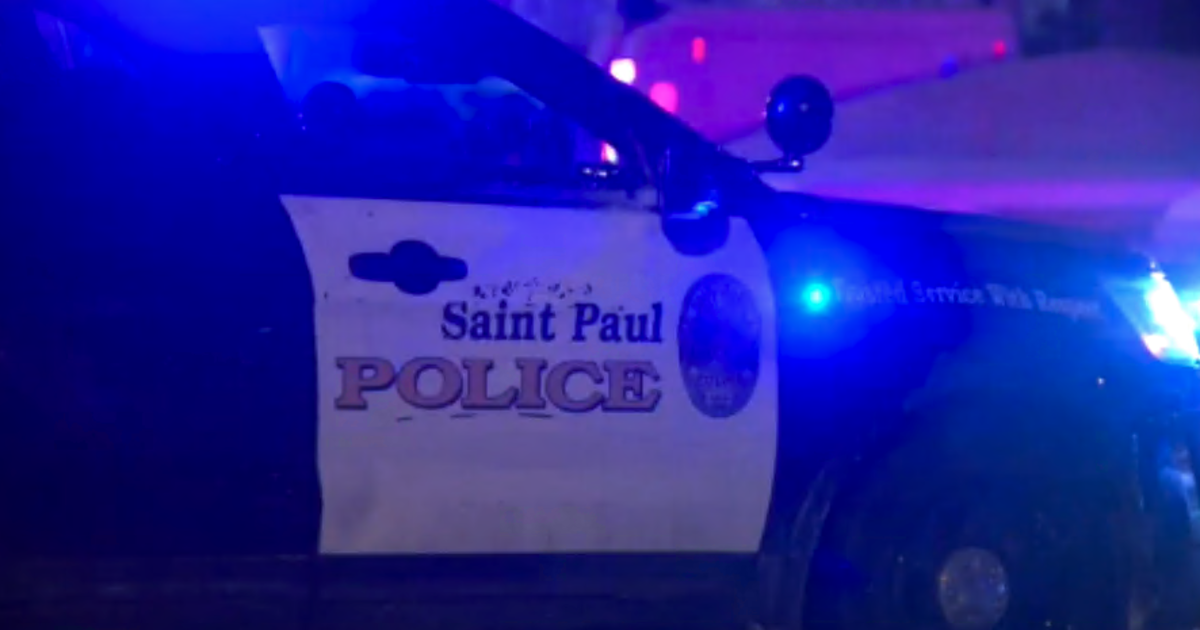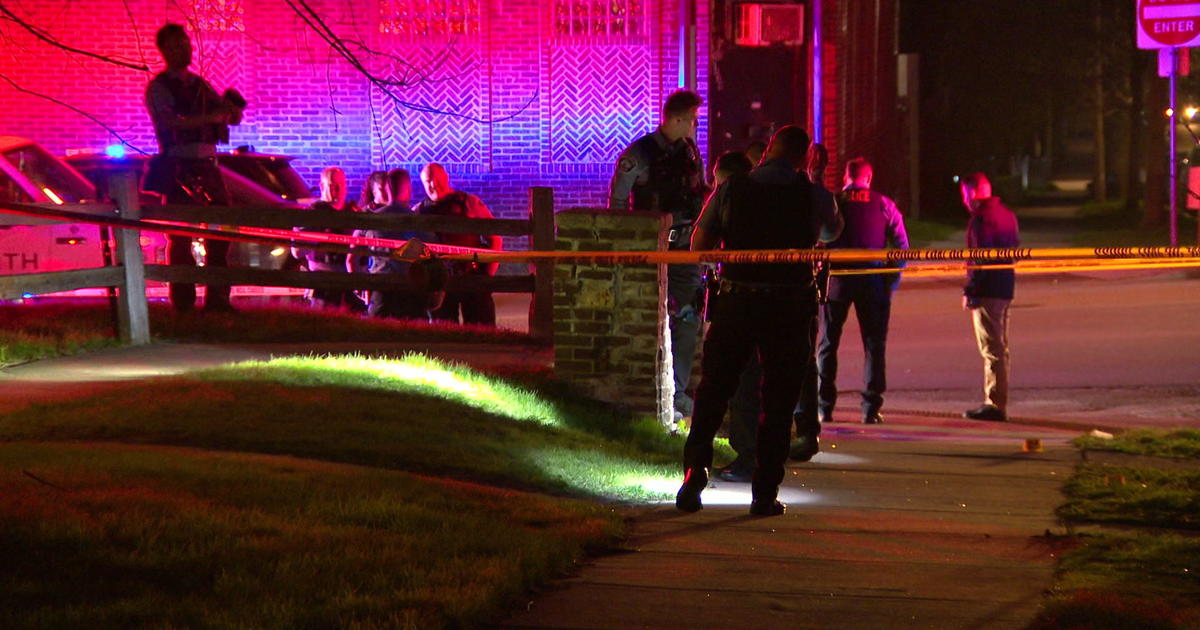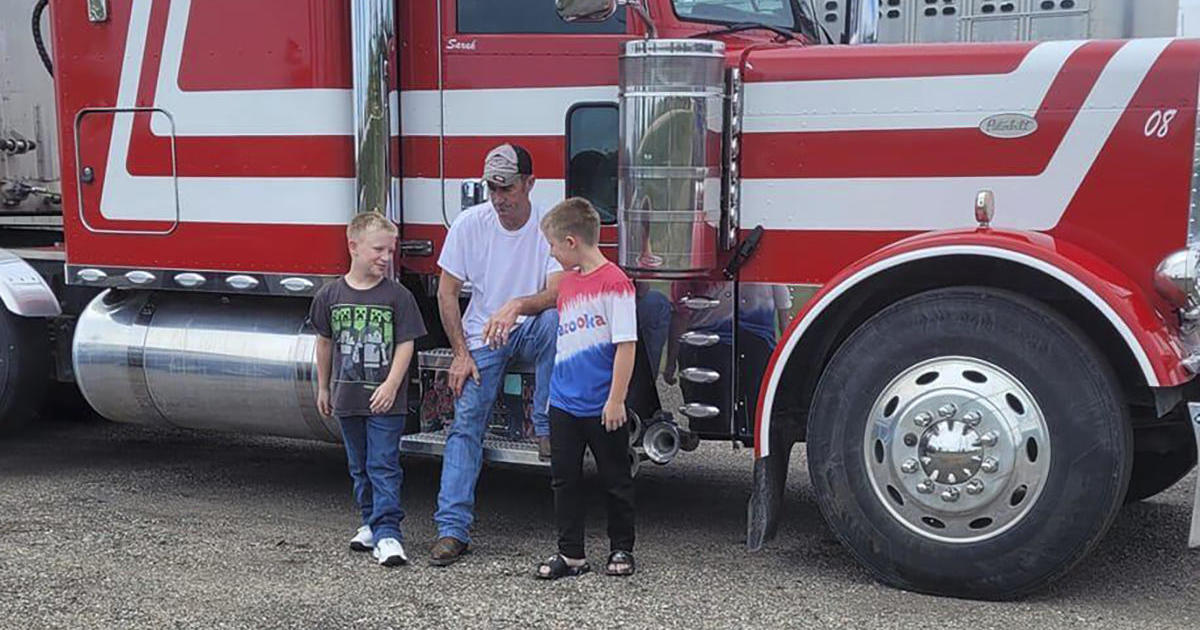Kingsbury case puts a spotlight on state's missing person cases: Here's a look at the data
MINNEAPOLIS -- The case of the disappearance and death of Winona woman Madeline Kingsbury is bringing to the forefront the plight of Minnesota families with missing loved ones.
Kingsbury's ex-partner Adam Fravel was taken into custody Wednesday night after human remains were found. It comes more than two months after Kingsbury went missing after dropping her kids off at daycare. The remains were later confirmed as of Kingsbury.
TIMELINE: Madeline Kingsbury's disappearance and death
Kingsbury was among nearly 700 active missing person cases in the state.
Breaking down the data
According to the state's most recent data, there were 699 active missing person cases in Minnesota as of May 31. In May, 934 missing person cases were entered, while 876 were canceled.
A missing person case being canceled is not a subset of entered, however, as a missing person can be located months or years after it's entered.
Of the 699 active missing person cases, 361 were listed as male and 338 as female. About two-thirds of those missing are 18 years of age and older.
Data also breaks it down by race (as of May 31):
Asian: 21
Black: 246
Native American/Alaskan: 57
White: 333
Unknown: 42
Comparatively, there were 617 active cases at this time last year.
Efforts to address inequity in missing person investigations
According to a Minnesota Department of Public Safety report, Indigenous people make up just 1% of the state's population - but 9% of all murdered girls and women in Minnesota from 2010-2019 were American Indian.
An Associated Press investigation in 2018 found that nobody knows precisely how cases of missing and murdered Native Americans happen nationwide because many cases go unreported, others aren't well documented and no government database specifically tracks them.
Last year, Minnesota established the nation's first Missing and Murdered Indigenous Relatives (MMIR) Office. They offer resources to those in tribal, local, state and federal law enforcement to help solve these crimes and bring justice to those missing their loved ones.
Meanwhile, while homicide is one of the leading causes of death for all women, it's significantly higher for Black women than most other groups. A Centers for Disease Control and Prevention study put the overall homicide rate for women at two per 100,000 - but at 4.4 per 100,000 Black women and 4.3 per 100,000 for Native American women.
Preliminary data from 2016 to 2019 indicates the homicide rate for Black women in Minnesota was around 2.2 times higher than for all women in the state and 2.7 times the rate for white women.
There are plans in place to create an office in Minnesota similar to MMIR for missing and murdered Black women and girls.



